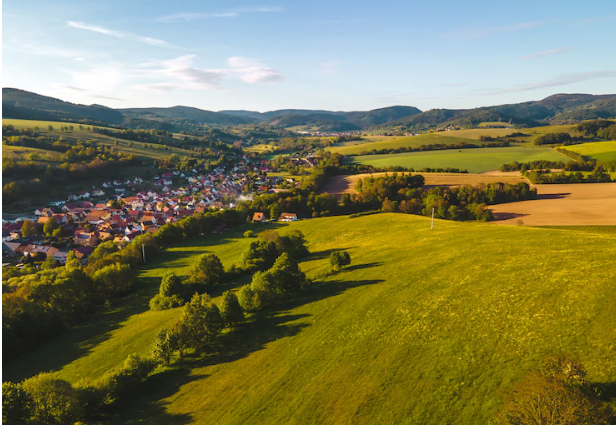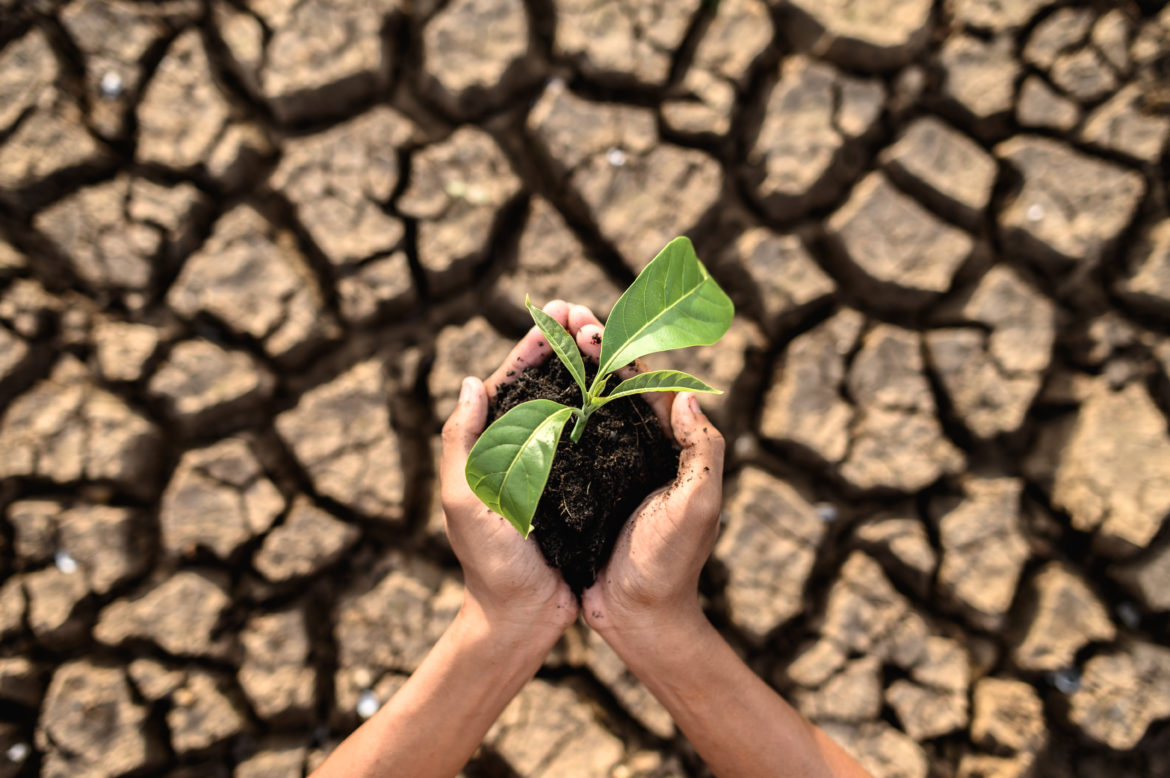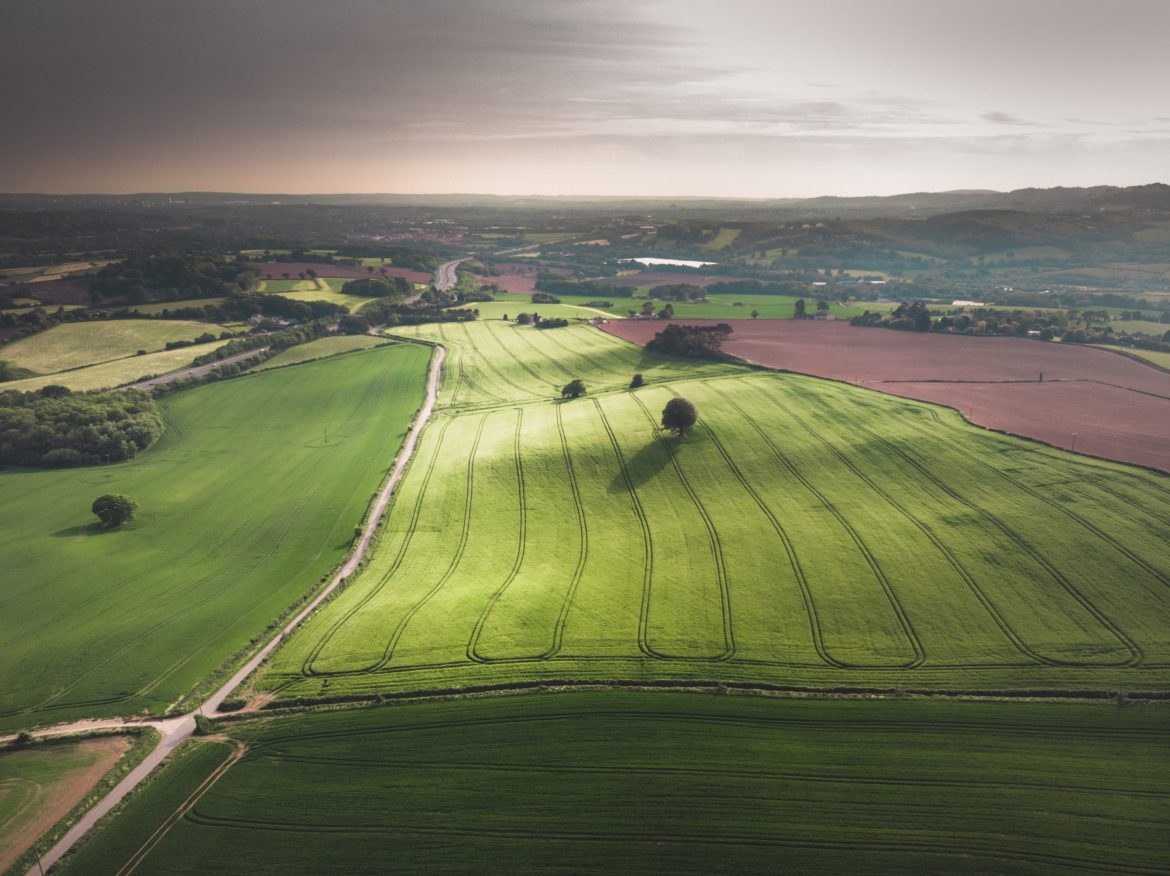Introduction
UK farms play a vital role in the local economy. They provide jobs, support businesses, and generate income for rural communities. In 2021, the UK agricultural sector contributed £120 billion to the UK economy and employed 476,000 people in rural areas. As well as employment and income, UK Farms also provide indirect contributions, such as supporting rural communities and protecting the environment.
The UK government is providing several support programs to help farmers meet the challenges they face, such as climate change, Brexit, and the rising cost of living. These programs include farm payments, the Countryside Stewardship scheme, and the Environmental Land Management (ELM) schemes.
We will look at why buying local food is a great way to support UK farms and the local economy. It is also a great way to get fresh, nutritious food.
The Rural Economy
Rural areas play a significant role in the UK economy. They contribute to the economy in a number of ways, including:
- Providing jobs: Rural businesses employ around 3.6 million people, or 12% of the UK workforce.
- Supporting businesses: Rural businesses support a wide range of other businesses, both in rural and urban areas.
- Generating income: Rural businesses generate around £300 billion per year, or 15% of UK economic output.
- Producing food: Rural areas produce a significant proportion of the UK’s food, including around 70% of the UK’s agricultural output.
- Protecting the environment: Rural areas provide a range of environmental benefits, such as clean air and water, and attractive landscapes.
How many people live in rural areas?
Around 10.4 million people live in rural areas in the UK, or 17% of the UK population. Rural areas are defined as those with a population density of less than 1,500 people per square kilometre.
What types of businesses operate in rural areas?
A wide range of businesses operate in rural areas, including:
- Agriculture
- Forestry
- Fishing
- Food and drink processing
- Tourism
- Retail
- Manufacturing
- Professional services
How much does the rural economy contribute to UK economic output overall?
The rural economy contributes around 15% to UK economic output overall. This is equivalent to around £300 billion per year.
Case studies of rural businesses that are supporting the local economy.
Here are a few examples of rural businesses that are supporting the local economy:
- Butcombe Brewery, Somerset: Butcombe Brewery is a family-run brewery that produces a range of award-winning beers. The brewery employs over 100 people and supports a number of other businesses in the local area, such as pubs, restaurants, and hotels.
- Hodgson’s Yorkshire Pork, Yorkshire: Hodgson’s Yorkshire Pork is a family farm that produces high-quality pork products. The farm employs over 50 people and supports a number of other businesses in the local area, such as butchers, shops, and restaurants.
- Lake District Creamery, Cumbria: Lake District Creamery is a dairy company that produces a range of award-winning cheeses. The company employs over 100 people and supports a number of other businesses in the local area, such as farmers, suppliers, and retailers.
Challenges facing rural businesses.
Rural businesses face a number of challenges, including:
- Access to infrastructure: Rural areas often have poor access to infrastructure, such as broadband and transport links. This can make it difficult for rural businesses to compete with urban businesses.
- Access to finance: Rural businesses can find it difficult to access finance, particularly from traditional lenders. This can make it difficult for rural businesses to grow and invest.
- Skills shortages: Rural areas can experience skills shortages, particularly in certain sectors, such as agriculture and technology. This can make it difficult for rural businesses to recruit and retain staff.
Government support for rural businesses
The UK government provides a number of support programs to help rural businesses. These programs include:
- Rural Payments: The Rural Payments scheme provides financial support to farmers and other businesses in rural areas.
- Rural Development Programme: The Rural Development Programme is a £1.7 billion program that provides financial support to projects that support economic growth and job creation in rural areas.
- Rural Growth Network: The Rural Growth Network is a network of organizations that provide support to rural businesses.
Farming in the UK
Farming plays a vital role in the UK economy. It provides food, jobs, and supports businesses in rural communities.
How much is the food and farming sector worth?
The food and farming sector is worth around £120 billion to the UK economy. This is equivalent to around 0.5% of UK GDP.
How many people does the food and farming sector employ?
The food and farming sector employs around 476,000 people in the UK. This is around 1% of the UK workforce.
Other contributions of farming to the UK economy
In addition to its direct economic contributions, farming also plays a number of other important roles in the UK economy, including:
- Providing food security: Farming helps to ensure that the UK has a secure supply of food. This is important for the UK’s national security and food safety.
- Supporting rural communities: Farming is a major source of income and employment in rural communities. This helps to support rural economies and keep rural communities vibrant.
- Protecting the environment: Farmers play an important role in protecting the environment. They manage the UK’s countryside and help to protect biodiversity.
Other challenges facing farming in the UK.
Farming in the UK faces a number of challenges, including:
- Climate change: Climate change is a major threat to farming in the UK. Extreme weather events, such as droughts and floods, can damage crops and livestock.
- Brexit: Brexit has created uncertainty for farming in the UK. The UK government is currently negotiating new trade deals with other countries, but it is unclear how these deals will affect UK farmers.
- The rising cost of living: The rising cost of living is putting pressure on farmers. The cost of inputs, such as fuel and fertilizer, is rising, while the price of food is not rising as fast.
Other Government support for farming in the UK
The UK government provides a number of support programs to help farming in the UK. These programs include:
- Farm payments: The UK government provides farm payments to farmers to help them with the costs of production.
- Countryside Stewardship: The Countryside Stewardship scheme provides financial support to farmers who manage their land in a way that benefits the environment.
- Environmental Land Management (ELM) schemes: The ELM schemes are a new set of schemes that will replace the Common Agricultural Policy (CAP). The ELM schemes will focus on supporting farmers who provide public goods, such as clean air and water, and healthy soils.
Benefits of Buying Local
There are many benefits to buying locally grown food. These include:
- Supporting a diverse food economy: When you buy local food, you are supporting farmers and businesses in your community. This helps to keep the local food economy diverse and resilient.
- Keeping more money in the local economy: When you buy local food, more of the money you spend stays in the local economy. This is because local businesses are more likely to buy goods and services from other local businesses.
- Supporting jobs in farming and food production: Buying local food helps to support jobs in farming and food production. This is important for the local economy and for ensuring that we have a secure supply of food.
In addition to these economic benefits, buying local food also has a number of environmental benefits. Local food often has a smaller carbon footprint than food that is transported from long distances. This is because local food does not have to travel as far to get to your plate.
Local food is also often fresher and more nutritious than food that is transported from long distances. This is because local food is harvested closer to when it is eaten and does not have to be treated with preservatives to keep it fresh during transportation.
Here are some tips for buying local food:
- Shop at farmers markets: Farmers markets are a great place to buy fresh, local food. You can find farmers markets in most communities.
- Join a CSA: A CSA (community supported agriculture) is a program where you buy a share of a local farm’s harvest. This is a great way to get a variety of fresh, local produce throughout the growing season.
- Shop at local grocery stores: Many local grocery stores sell locally grown food. Look for the “local” label when you are shopping.
- Grow your own food: If you have the space, buy seeds locally and you can grow your own food. This is a great way to get the freshest, most local food possible.
Buying local food is a great way to support your community and the environment. It is also a great way to get fresh, nutritious food.
Sustainable Farming
The UK government’s plans for sustainable farming are set out in the Environmental Land Management (ELM) scheme. The ELM scheme is a new set of schemes that will replace the Common Agricultural Policy (CAP). The ELM scheme will focus on supporting farmers who provide public goods, such as clean air and water, and healthy soils.
The ELM scheme will be introduced in stages over a period of seven years. The first stage of the scheme was launched in 2022. The full scheme will be in place by 2028.
The ELM scheme will provide farmers with financial support to implement sustainable farming practices. These practices include:
- Reducing greenhouse gas emissions
- Improving water quality
- Protecting biodiversity
- Enhancing the natural environment
The ELM scheme will also provide farmers with support to improve their business resilience and to adapt to climate change.
Here are some of the changes that will be introduced over a period of seven years to help farmers adapt and plan for the future:
- Reduced farm payments: Direct payments to farmers will be reduced over a period of seven years. This will encourage farmers to diversify their incomes and to adopt more sustainable farming practices.
- New payment schemes: new payment schemes will be introduced to support farmers who provide public goods, such as clean air and water, and healthy soils.
- Sustainable Farming Incentive (SFI): The SFI is a new scheme that will provide financial support to farmers who adopt sustainable farming practices.
- Environmental Land Management (ELM) schemes: The ELM schemes are a new set of schemes that will replace the Common Agricultural Policy (CAP). The ELM schemes will focus on supporting farmers who provide public goods, such as clean air and water, and healthy soils.
The ELM scheme is a significant change to the way that farming is supported in the UK. It is important for farmers to start planning now for how they will adapt to the new scheme.
Here are some tips for farmers who are planning for the ELM scheme:
- Start by understanding the ELM scheme: Read the ELM scheme guidance and attend ELM briefing events.
- Identify your farm’s strengths and weaknesses: Consider what public goods your farm can provide and what you need to do to improve your farm’s resilience.
- Develop a plan: Develop a plan for how you will meet the requirements of the ELM scheme.
- Get advice and support: There are a number of organizations that can provide advice and support to farmers who are planning for the ELM scheme.
Conclusion
In conclusion, UK farms play a vital role in the UK economy, both in terms of direct contributions, such as employment and income, and indirect contributions, such as supporting rural communities and protecting the environment.
The UK government is providing a number of support programs to help farmers meet the challenges they face, such as climate change, Brexit, and the rising cost of living. These programs include farm payments, the Countryside Stewardship scheme, and the Environmental Land Management (ELM) schemes.
Buying local food is a great way to support UK farms and the local economy. It is also a great way to get fresh, nutritious food.
The ELM scheme is a significant change to the way that farming is supported in the UK. It is important for farmers to start planning now for how they will adapt to the new scheme. Farmers can get advice and support from a number of organizations.
By working together, the UK government, farmers, and consumers can ensure that UK farms continue to play a vital role in the UK economy and that we all have access to fresh, nutritious food.
UK farms play a vital role in the local economy. They provide jobs, support businesses, and generate income for rural communities. The UK government is providing a number of support programs to help UK farms meet the challenges they face.




